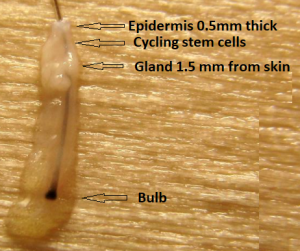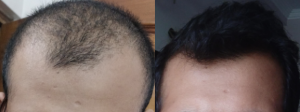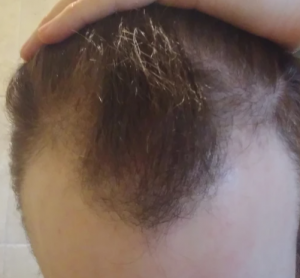A simple question that I don’t I find very often an answer to it.
I have minor Fin side effects for some time now and I’m sure they won’t go away. My erection works and it gets fully hard, but it takes a bit longer than before. I do get morning wood, but I do not get random boners when I think about a girl or sex. I do need stimulation to get it fully hard tho. So my penis still works, but it feels less alive. Would this be considered libido issues or ED issues?
Is it okay to tolerate these side effects and just continue using Fin? Will there be any consequences?
The doctor in this thread once commented that if you continue using Fin while having side effects, you run the risk of having PFS. I know he’s a doctor, but I’m not 100% on the boat that sides are permanent. I actually took a break once from Finasteride after 6 months, and my sides dissapeared in like 3 days.
Already tried different doses and dropping Fin isn’t an option (at least I hope).
If there is something called Post Finasteride Syndrome (PFS), then the longer you hold onto significant sexual side effects, the more likely you could get this syndrome. Many doctors like myself, believe that prolonged severe sexual side effects on finasteride put you at risk for PFS (but many question the legitimacy of this syndrome)




